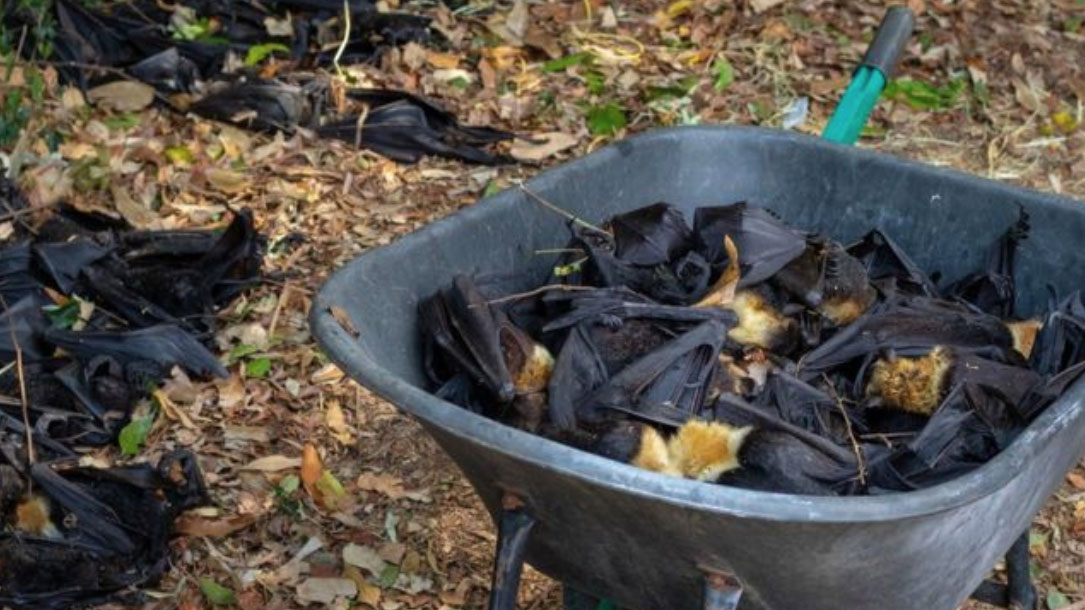
How one heatwave killed ‘a third’ of a bat species in Australia
We often hear concerns about windmills killing lots of birds and bats. And they will, and do, kill some. You’ll hear people talking about hundreds, or even a few thousand, getting killed. That said, technology is advancing so the impact is smaller.
And climate change? It’s accelerating and wiping out bats, as well as birds, in vast numbers…and we are only just beginning to see the destruction. unless we slow it down.
Flying foxes (bats) are no more sensitive to extreme heat than some other species, experts say. Researchers from Western Sydney University finalized their conclusion that about 23,000 bats died in two days: on the 26th and 27th of November, 2018.
But, because these bats often gather in urban areas in large numbers, their deaths can be more conspicuous, and easily documented. “It raises concerns as to the fate of other creatures who have more secretive, secluded lifestyles,” Dr. Welbergen says…
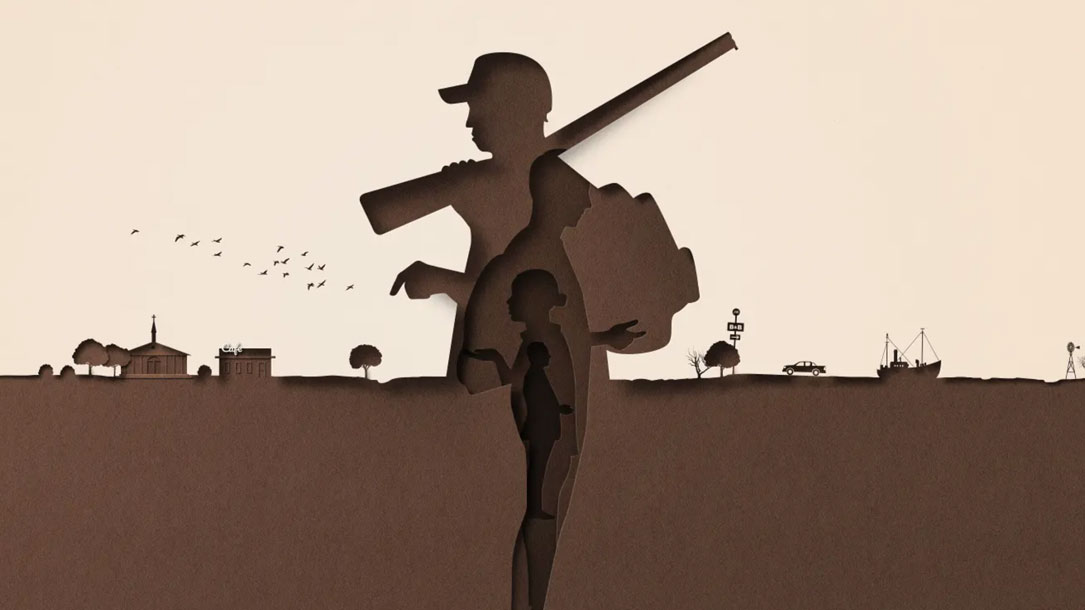
Not all environmentalists eat tofu; hunters fighting climate change
If conservation groups want to be inclusive, and impactful, finding shared values no matter the party affiliation will be important. That means talking about climate change in ways that resonate and finding partnerships to create change.
“I’m one of those rare Republicans that believe that if you don’t take care of your environment, your environment can’t take care of you,” says Charlie Phillips, owner of Sapelo Sea Farms in Georgia. Phillips makes his living growing clams, so water quality is crucial to him, which is why he serves on boards and tries to help scientists and fishermen find common ground…
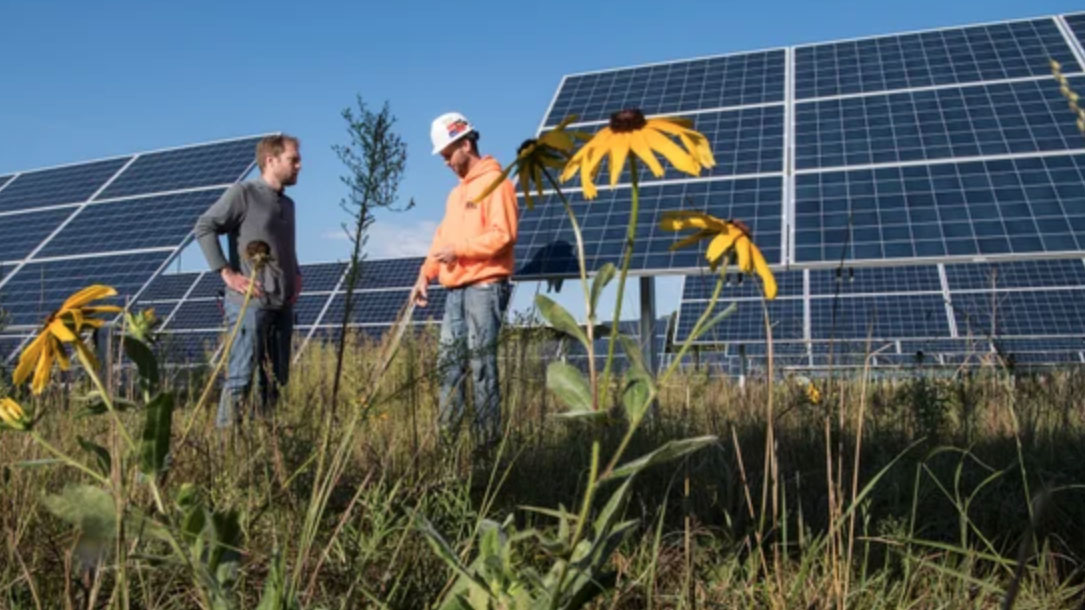
Solar farms shine a ray of hope on bees and butterflies
The tidy rows of gleaming solar panels at Pine Gate Renewables facility in southwestern Oregon originally sat amidst the squat grasses of a former cattle pasture. But in 2017 the company started sowing the 41-acre site with a colorful riot of native wildflowers.
The shift was not merely aesthetic; similar projects at a growing number of solar farms around the country aim to help reverse the worrying declines in bees, butterflies, and other key pollinating species observed in recent years…
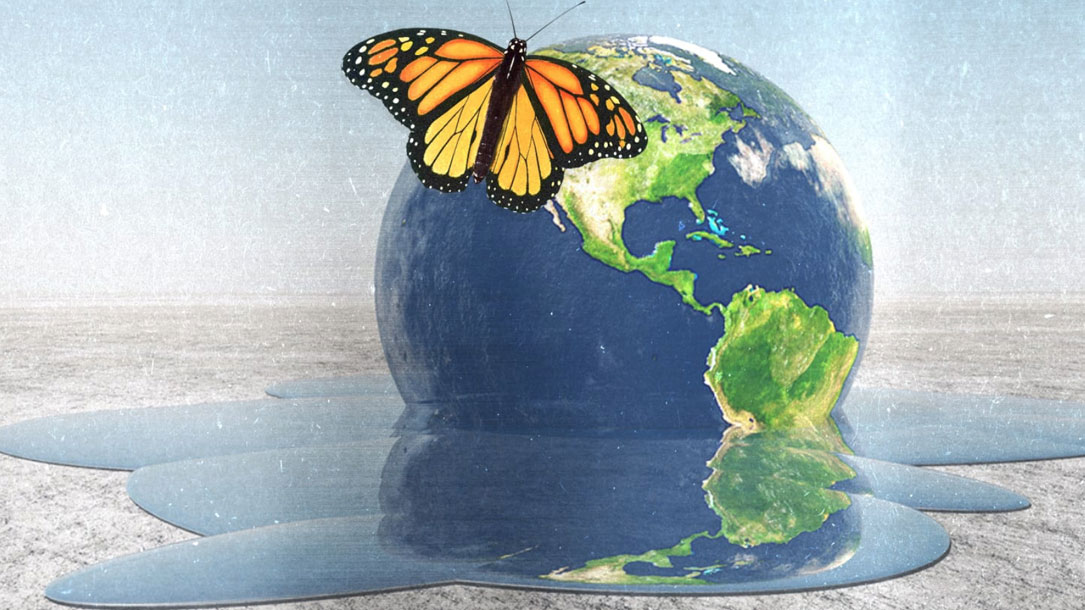
It’s a great year for monarch butterflies. Climate change means it won’t last.
What if your local land trust took 1/3 of the time it spent on land restoration (like planting milkweed) and applied that to partnerships and growing awareness to slow climate change down?
Many land trusts focus on land restoration as part of their pledge to conserve land for generations to come. With climate change – and the closing window for making a difference to the species you care about – your land trust may want to consider taking some of that time and moving it to community education and/or climate policy work.
Why? Butterflies are a good example of what is to come. “We may never see a [Monarch] population this big ever again,” Chip Taylor, professor of Ecology and Evolutionary Biology at the University of Kansas, said. “The fate of this butterfly does not look bright…”

Fish species at risk from Lake Michigan warming
Warmer and wetter climate in the midwest could lead to the displacement of some cold water fish species in southern Lake Michigan and trigger die-offs in smaller inland lakes, according to a new report.
The research published last week by Purdue University found that the Great Lakes are warming along with the atmosphere due to the proliferation of greenhouse gases, the Chicago Tribune reported…
“They can’t really migrate much but up and down in the water column,” said Tomas Hook, a professor of fisheries and aquatic sciences at Purdue and director of the Illinois-Indiana Sea Grant.
“I would expect to see more die-offs in those types of systems. A lot of aquatic species don’t have the flexibility to migrate into new systems like terrestrial organisms do…”
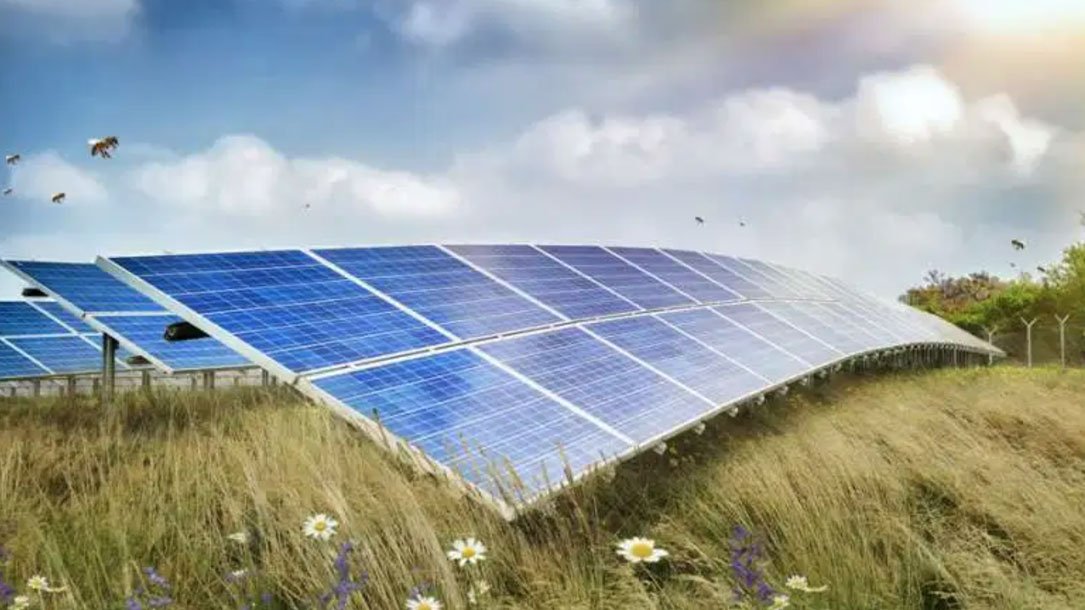
Research: Pollinator habitats could be saved by solar power plants
Researchers at the U.S Department of Energy’s (DOE) Argonne National Laboratory are studying solar energy facilities with pollinator habitats on site. Through this effort they hope to rehabilitate declining pollinator populations that play an important role in the agricultural industries. The loss of such species could result in devastating crop production, costs, and nutrition on a global scale.
Currently, pollinators are responsible for pollinating nearly 75% of all crops used for food. However, because of the increase in man-made environmental stressors, their population continues to steeply decline.
The research team has been working on examining the potential benefits of establishing species’ habitat at utility-scale solar energy facilities to resolve the problem.
They have found that the area around solar panels could provide an ideal location for the plants that attract pollinators…

Spring is coming earlier to wildlife refuges, and bird migrations need to catch up
Climate change is bringing spring earlier to three-quarters of the United States’ federal wildlife refuges and nearly all North American flyways used by migratory birds. This is a shift that threatens to leave migrating birds hungry and in a weakened condition as they are preparing to breed, new research shows…

It’s an Ecological Trap: Global warming can turn Monarch Butterflies’ favorite food into poison
“LSU researchers have discovered a new relationship between climate change, monarch butterflies and milkweed plants. It turns out that warming temperatures don’t just affect the monarch, Danaus plexippus, directly, but also affect this butterfly by potentially turning its favorite plant food into a poison.
Bret Elderd, associate professor in the LSU Department of Biological Sciences, and Mattnew Faldyn, a Ph.D. student in Elderd’s lab from Katy, Texas, published their findings today with coauthor Mark Hunter of the Department of Ecology and Evolutionary Biology and School of Natural Resources and Environment at the University of Michigan. This study is published in Ecology, a leading journal in this field…”

Making photography tell the stories: If we lose the ice, we lose the entire ecosystem’
You, like Paul, a former marine biologist, can inspire change and help people connect the dots in compelling ways as we face 30 years to slow down climate change in a way that will save the species we love, and the communities as we know them. Why? Because, as Paul notes…
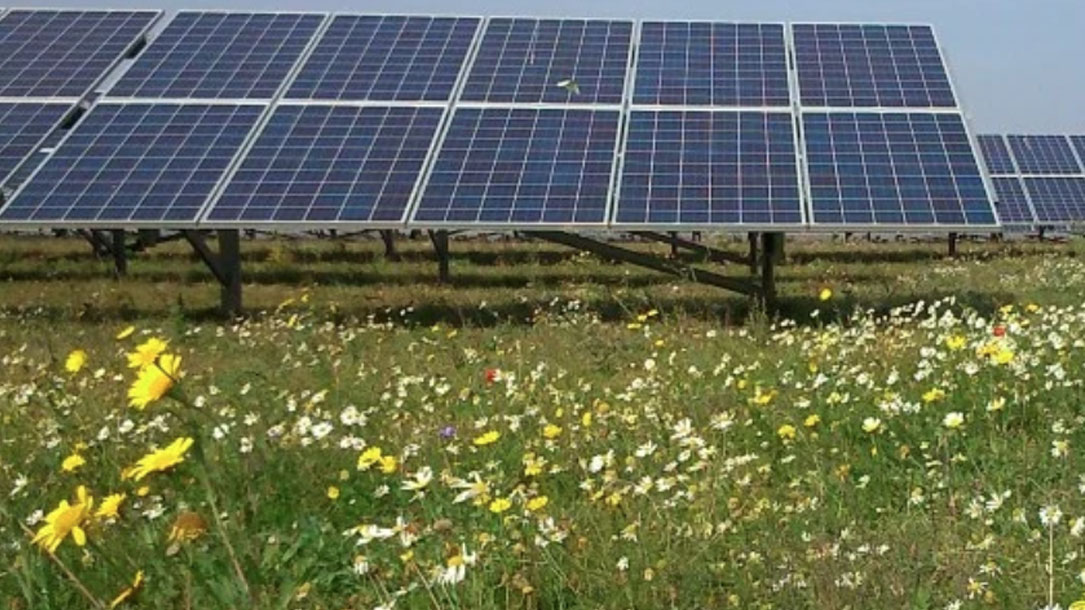
Can ground mounted solar farms be wildlife havens?
“Research suggests that the negative impacts of solar installation and operation relative to traditional power generation are extremely low. In fact, over 80% of the impacts were found to be positive or neutral. Yet, it is clear that if it involves the removal of woodland to make space for solar power this can cause a significant contribution to CO2 emissions, but still far lower than coal-based electricity.”
Solar farms can enhance wildlife habitat (and can be compatible with grazing)…












